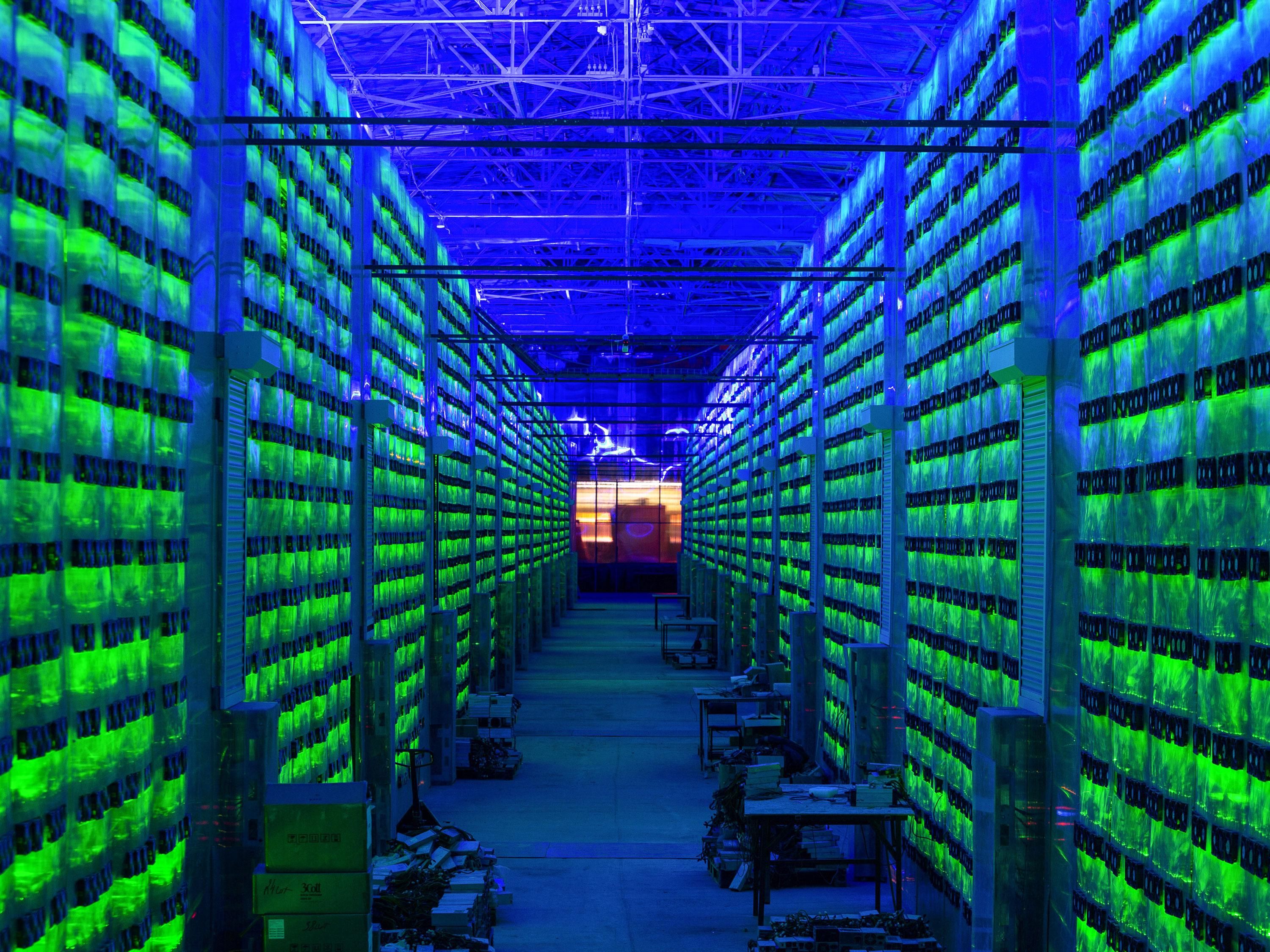
When I was younger, I had a dream to represent Singapore as an athlete in the olympics. I had so much admiration for the athletes who participated and the events were always so grandeur that it was always so exciting to watch. Unbeknownst to my younger self, behind the spectacular fireworks and display of excellent sporting events was a colossal source of environmental pollution.
The International Olympic Committee (IOC) is the organisation responsible for overseeing the Olympic Games. Over the years, the IOC has placed a high premium on environmental sustainability for the host countries that had bid to host the olympics (Geeraert and Gauthier, 2017). Despite this, I would say that the 2014 Sochi Winter Olympics has been nothing short of an environmental catastrophe.
During the bidding of the olympics, President Vladimir Putin had vowed to put the environment first, pledging that Sochi’s winter Olympics would follow a zero-waste policy (Sobol, 2015). Despite this, it was subsequently found that the construction waste derived from the preparation for the olympics had been dumped in illegal landfills, but covered in clay and bulldozed over to conceal its presence (Brown, 2013). Furthermore, it was discovered that the $51 billion olympic budget had no allotment for waste treatment as well (Brown, 2013), suggesting that there were no initial intentions in ensuring an environmentally sustainable olympics.
The Russian government had also altered the existing zoning plan of the Sochi National Park, reducing the area covered under strict protection to use the area for olympic preparation (O’Hara, 2015). During the construction, the deforestation of the park would have led to a loss in the carbon sinks, releasing carbon back into the atmosphere. Furthermore, the state continued to plan these constructions in environmentally susceptible areas, approving these plans without the necessary assessments on its environmental impact (O’Hara, 2015). The extent to which the state degraded its own natural environment in pursuit of hosting the Olympic Games suggest the motivations and agendas of the state to be overtly economical or political, neglecting the negative environmental implications of the Olympics.
The blatant dismissal of the environmental repercussions of pollution created by the Olympic Games by the Russian government clearly illustrates the lack of regulatory power that the IOC has in the Olympics. While the government has the authority to make decisions for the country, the repercussions to their decisions lie most significantly on the marginalised communities that do not have the capacity to retaliate. Thus, it is extremely disappointing for me to see that such a beautiful event that is beloved by a global audience has extremely negative environmental implications on marginalised communities.
As a final question to ourselves as consumers: how do we as an audience look past the glitz and the glamour of the Olympics to put our foot down in ensuring environmental justice for the marginalised?
References
Brown, A. (2013) ‘Russia’s “Zero Waste” Olympics Is Dumping Waste Everywhere’, The Atlantic. Available at: https://www.theatlantic.com/politics/archive/2013/10/russias-zero-waste-olympics-is-dumping-waste-everywhere/441765/ (accessed March 2022).
Geeraert, A. & Gauthier, R. (2018) ‘Out-of-control Olympics: why the IOC is unable to ensure an environmentally sustainable Olympic Games’, Journal of Environmental Policy & Planning, 20, 16–30.
O’Hara, M., 2015. 2014 Winter Olympics in Sochi: An Environmental and Human-Rights Disaster. In: F. Gemenne, C. Zickgraf and D. Lonesco, ed., The State of the Environment 2015: A Review of 2014. International Organisation for Migration, pp.203-220.
Sobol, A.L. (2015) ‘No Medals for Sochi: Why the Environment Earned Last Place at the 2014 Winter Olympic Games, and How Host Cities Can Score a “Green” Medal in the Future ’, Villanova Environmental Law Journal, 26, 169–192.








